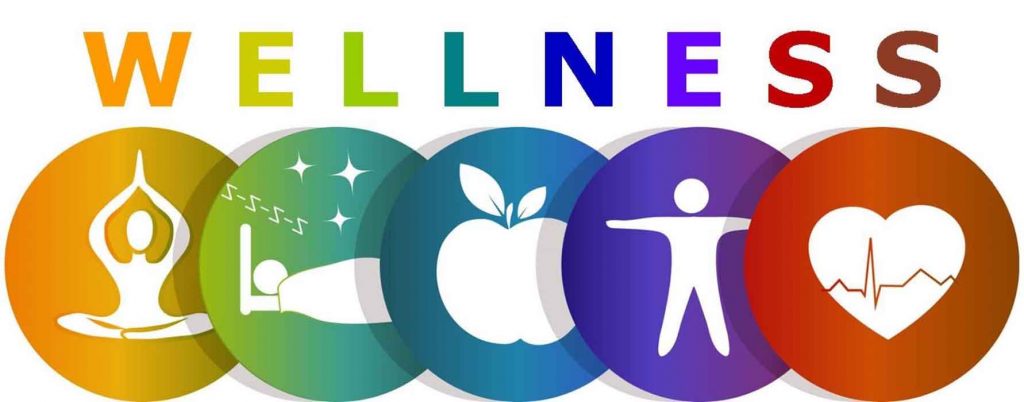Occupational Safety and Health Administration (OSHA): Safeguarding Lives and Workplace Safety

Workplace safety is a paramount concern for both employees and employers. In the United States, the Occupational Safety and Health Administration (OSHA) serves as a crucial guardian of workers’ safety and well-being. This agency plays a pivotal role in setting and enforcing regulations that protect lives and promote a healthier working environment. In this comprehensive blog, we will delve into the world of OSHA, exploring its mission, history, functions, and significant impact on workplace safety.
What is OSHA?
The Occupational Safety and Health Administration, commonly known as OSHA, is a federal agency within the United States Department of Labor. Established in 1970 under the Occupational Safety and Health Act, OSHA’s primary mission is to ensure safe and healthy working conditions for American workers.
The Core Mission of OSHA
At the heart of OSHA’s existence lies a core mission: to protect the lives and health of American workers. OSHA strives to achieve this mission by setting and enforcing workplace safety and health regulations, providing training and education, and offering assistance to both employers and employees.
The Birth of OSHA
Before OSHA’s inception, workplace safety in the United States was a patchwork of state laws and regulations, often inadequate to protect workers. The need for a comprehensive federal agency became evident in the late 1960s, with growing concerns about workplace hazards and accidents. In response, Congress passed the Occupational Safety and Health Act, and President Richard Nixon signed it into law on December 29, 1970, officially creating OSHA.
OSHA’s Regulatory Authority
OSHA’s authority extends across a wide range of industries and workplaces. It is responsible for setting and enforcing safety and health regulations that apply to nearly all private sector employers and their workers. OSHA regulations cover various aspects of workplace safety, from hazard communication and fall protection to respiratory protection and personal protective equipment (PPE).
The Role of OSHA Inspections
To ensure compliance with its regulations, OSHA conducts inspections of workplaces. These inspections can be initiated in several ways, such as in response to a worker complaint, a reported workplace injury or fatality, or through a programmed inspection targeting specific industries or hazards. During inspections, OSHA compliance officers assess whether employers are adhering to safety and health standards, and they may issue citations and penalties for violations.
Significant OSHA Regulations
OSHA’s regulations are extensive and address a wide array of workplace hazards. Some of the most notable regulations include:
1. Hazard Communication (HazCom): This regulation requires employers to inform employees about the hazardous chemicals they may encounter in the workplace and how to protect themselves.
2. Fall Protection: Fall-related accidents are a leading cause of workplace injuries and fatalities. OSHA’s fall protection standards aim to prevent such incidents.
3. Respiratory Protection: This regulation sets guidelines for the use of respiratory protection equipment when employees are exposed to harmful airborne contaminants.
4. Lockout/Tagout (LOTO): LOTO procedures are crucial for preventing accidental equipment start-up during maintenance or servicing.
5. Personal Protective Equipment (PPE): PPE regulations mandate the use of appropriate gear, such as helmets, gloves, and eye protection, to safeguard employees from workplace hazards.
Recent Updates and Ongoing Relevance
OSHA continues to evolve to address emerging workplace challenges and hazards. In recent years, the agency has made updates to various regulations, often in response to changing technologies or industry practices. For example, regulations surrounding hazardous substances have been updated to reflect the use of new chemicals and materials in workplaces.
In 2023, OSHA remains highly relevant, especially in light of the evolving nature of work and the challenges posed by the global pandemic. OSHA has played a critical role in ensuring that workplaces adhere to health and safety guidelines to prevent the spread of COVID-19.
How SafetyMan Academy Can help with Osha Regulations?
SafetyMan Academy, with its online courses focused on OSHA regulations and workplace safety, can benefit a wide range of individuals and organizations, including those in the Middle East. Here’s how different groups can make use of SafetyMan Academy’s offerings:
- Employers and Business Owners: Employers in the Middle East can benefit by ensuring that their workplaces meet OSHA standards. This not only enhances worker safety but can also reduce workplace accidents and associated costs. SafetyMan Academy’s courses can help employers understand OSHA regulations and implement safety protocols to create safer work environments.
- Employees: Workers in various industries in the Middle East can take advantage of SafetyMan Academy’s courses to enhance their knowledge of workplace safety. This empowers employees to recognize potential hazards, follow safety protocols, and contribute to a safer workplace.
- Safety Officers and Managers: Safety officers and managers responsible for overseeing workplace safety can use SafetyMan Academy to stay updated on the latest OSHA regulations, industry best practices, and effective safety management strategies.
- Human Resources Professionals: HR professionals can benefit from SafetyMan Academy’s courses by understanding the legal requirements related to workplace safety and ensuring that their organizations are compliant with OSHA regulations. This knowledge can also help in recruitment, training, and employee well-being.
- Health and Safety Consultants: Safety consultants can use SafetyMan Academy to enhance their expertise and provide valuable guidance to Middle Eastern businesses seeking to improve their safety practices.
- Students and Aspiring Safety Professionals: Individuals studying or aspiring to work in the field of occupational safety and health can gain foundational knowledge and certification through SafetyMan Academy, making them more attractive candidates for safety-related positions.
- Government and Regulatory Authorities: Government agencies and regulatory bodies in the Middle East can benefit by collaborating with SafetyMan Academy to promote and enforce workplace safety standards. They can refer businesses and individuals to these courses to ensure compliance.
- Non-Governmental Organizations (NGOs): NGOs focused on workers’ rights and safety advocacy can partner with SafetyMan Academy to educate and empower workers in the Middle East with knowledge of their rights and how to stay safe in the workplace.
- Safety Committees: Many workplaces have safety committees responsible for identifying and addressing safety concerns. These committees can use SafetyMan Academy’s resources to improve their understanding of OSHA regulations and safety protocols.
Conclusion
The Occupational Safety and Health Administration (OSHA) is a vital agency in the United States, dedicated to protecting the lives and well-being of American workers. Through its regulations, inspections, and ongoing efforts, OSHA has made significant strides in reducing workplace accidents and injuries. As we look ahead, OSHA’s continued relevance in promoting workplace safety is essential, as it ensures that every worker has the right to return home safely at the end of each workday. SafetyMan Academy can help you with OSHA regulations and students and professional can take up courses that can ensure their growth in this developing industry.






Responses